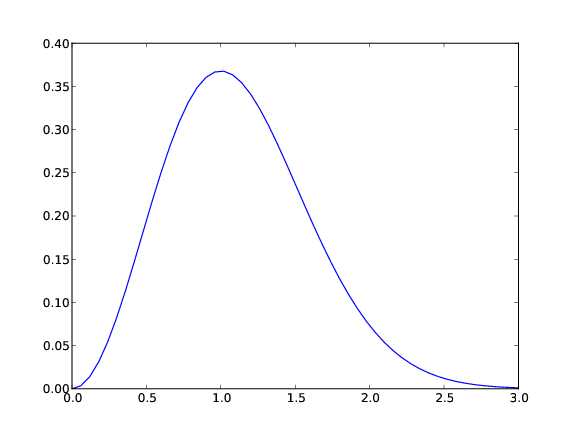

Use the -ss value to set the start time of the clip, and -to value to set the end time.

This blog identifies six incredibly useful FFmpeg commands for transmuxing, extracting audio/video, converting to YUV/Y4M, and scaling to different resolutions.What we have: foo,mp4 our video file of 10 minutes length. You can use it to perform all kinds of amazing manipulations on video (and audio) files, if only you can work out the correct command line arguments. Here is an example, lets assume that you want to cut out segments 30-40 sec (10 sec) and 50-80 sec (30 sec): ffmpeg -i in. However, few articles talk about editing metadata while using the software, and some are unreliable. With this script you can easily trim a video. These are my command lines: Trimming a video using FFMPEG using Python. Actually, Seeking with FFmpeg recommends using -ss twice before and after -i to get faster and accurate output. / FFmpeg –ss -i Likewise, you have to specify the “End time” using the “-to” parameter.

Moreover, the changes made to the file cannot be previewed.


 0 kommentar(er)
0 kommentar(er)
